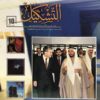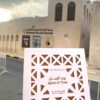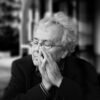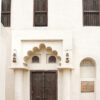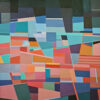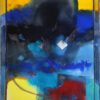Embarking on her artistic journey, Fatima Al Hajj illuminates the social, philosophical, and historical messages behind her work. She conjures up a group of scholars, thinkers, and revolutionaries in which she delves into their various interpretations of nature, life, and man by the means of her intellectual propositions and unique artistic style.






Fatima Al Hajj presents her artistic identity and her own philosophy of history and existence through her works- “Antarah Ibn Shaddad” and his victorious revolution for love and freedom, Rodin’s “Thinker” through which reading was glorified as the main motive behind the civilized movement, “Tchaikovsky’s” fascinating classical music which is evident in her works as a visual symphony that mimics the spirit, “The History of Art” and its visual interpretation of people’s civilization and heritage, “The Poetry” and the poems of Nizami Ganjavi and others embodied in her paintings, and the Greek and Phoenician mythological figures that she conjures in an attempt to repair our current conditions. The artist concludes a series of her new artwork by evoking the science golden-age scholars to remind us of the rules of rise and fall, with the hope that we emulate the glories of scholars in the Islamic civilization and retrieve creativity, innovation, and contemplation for a better tomorrow.
Through an extensive knowledge of the region’s events and a deep passion for the history of science in Arabic civilization, the artist has gained inspiration for her latest, yet-to-be-unveiled works. Her focus on knowledge and scientific achievements, as opposed to glories and heroics, has led her to evoke our bright history through drawings, writings, and massive sculptures of legendary figures like Al Jazri, Jaber bin Hayyan, Ibn al Haytham, Al Khwarizmi, Ibn Sina, and other emblems of science and history.
Alhajj appreciates the importance of studying the history of Islamic civilization, its scientific achievements, and conducting research on the history of science and the development of ideas. It is worth mentioning that this era was neither short nor accidental; it was rather a very important era in the history of mankind in which Arabs were crowned as a powerful empire by virtue of their sciences and literature. Reminding us of the glories of scholars in Islamic civilization is not only a matter of the artist’s nostalgia for the past, but it is also meant to revive creativity and innovation in our identity and heritage; today’s civilization is never separated from previous scientific achievements.
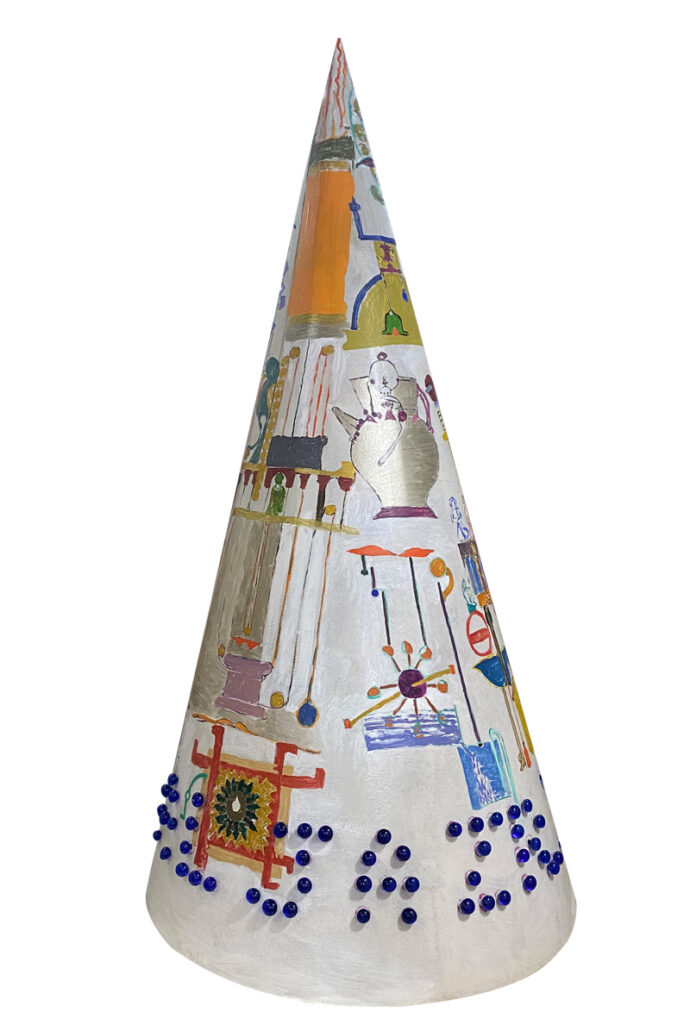


A walk-in nature
Like countless others, the recent COVID-19 pandemic and the tragic Port of Beirut explosion on August 4th, 2020 had a profound impact on Fatima al Hajj’s artistic expression. The devastation of the explosion left her with an intense sense of displacement, as she was in Paris at the time. This experience and her new artwork are reflected in her last exhibition at Mark Hachem Gallery in Beirut, which was titled “Une promenade dans la nature” (A walk in nature). The exhibition showcases a series of paintings depicting the serene beauty of Parisian squares, museums, and gardens. Fatima al Hajj was also inspired by the poetry of Nizami Ganjavi, which manifests in some of her paintings featuring colourful castles and dreamy scenes of Persian princesses. Within the same space, she also evokes some legendary figures, perhaps to rescue Lebanon and the world from the harsh conditions and wars.
The Thinker and the anemone
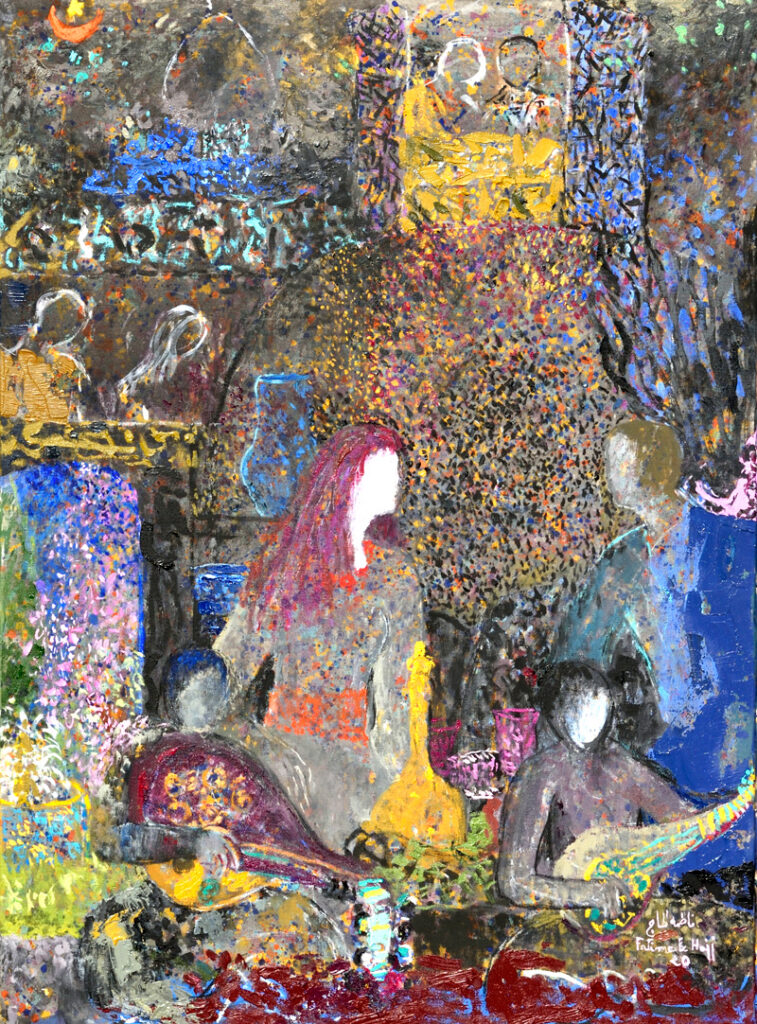
Colours extend towards the rituals of life, and the seasons change with time, so special colours and nature sprout amidst these seasons in which they devote themselves to creating an artistic environment with a philosophical inclination. The works are divided according to the nature of time in terms of closeness to the earth in the seasons of primitive life. This relationship clearly emerges between the artist and the paintings through the development stages of the thought of consciousness. Introducing Rodin’s sculpture “The Thinker” in a new social and cultural framework is an initiative to present thought in images that are far from stereotypes and close to compliance with the specificity of the ecological environment. This is what the artist presented by showcasing “The Thinker” by Auguste Rodin in her artwork through which she embodied the seasons of the solar year.
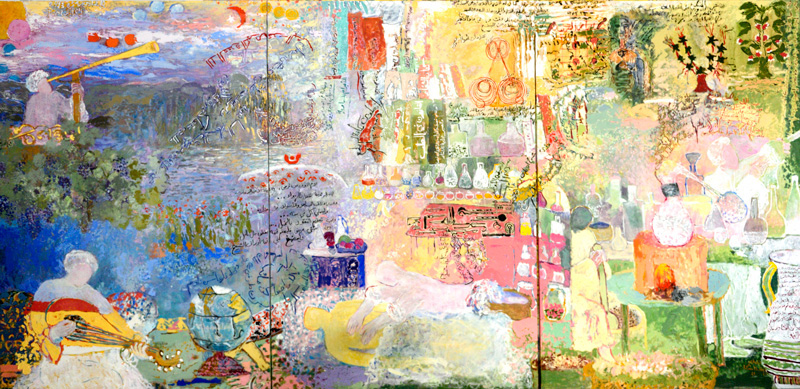

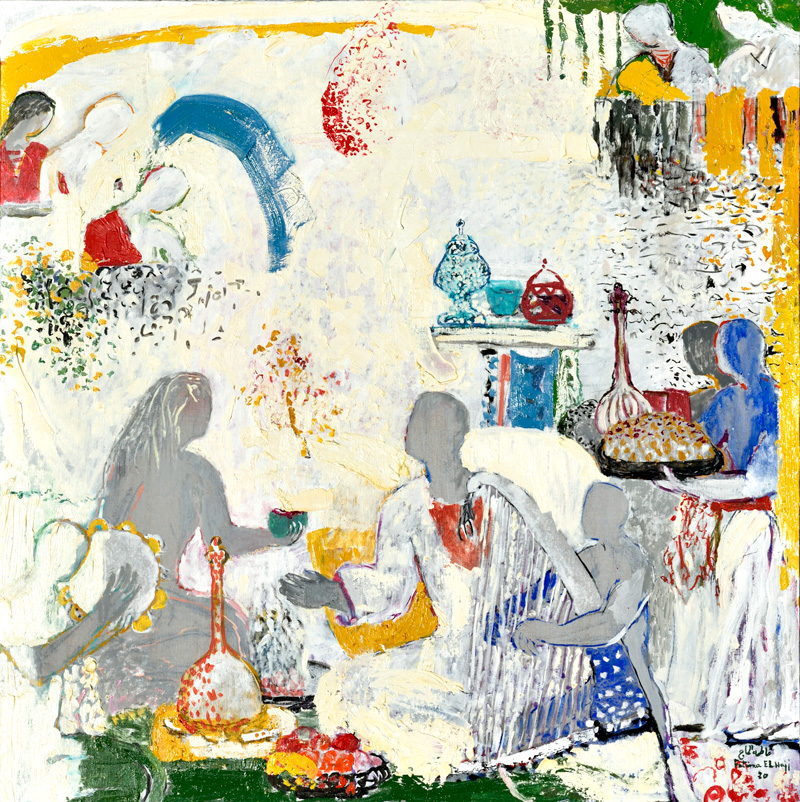
Fatima Al Hajj appreciates the importance of consciousness in the industry of value. The surrender of the form to a moment of deep contemplation calls for realizing the importance and role of the moment and how close the image is to the first anemone flower that bloomed near the feet of the thinker of her painting. This is a clear visualization of the state of true love in the myth about the re-creation of Adonis and sacrificing his blood for the spring. Merging this image introduces the viewer to a very strange paradox as to the importance of catching up on culture, reactivating reading in society, creating a new chapter of social and cultural life, concluding a chapter of destruction and wars, and rebuilding the human mind on the basis of science and knowledge. This is life’s purpose and starting point.
Reading takes a symbolic direction in Al Hajj’s works in which she indicates that art is inseparable from thinking. The artist seeks to encourage the new generations to read and urges them to meditate and delve into their cultural history. Nevertheless, Al Hajj’s “Thinker” sits on the throne of nature and colours, so we find the Thinker’s painting in the winter, summer, fall, …etc. Her works relate to the man and their conditions. She glorifies colour and often quotes Paul Klee who said in Tunisia, “The colour is me, we have become one.”
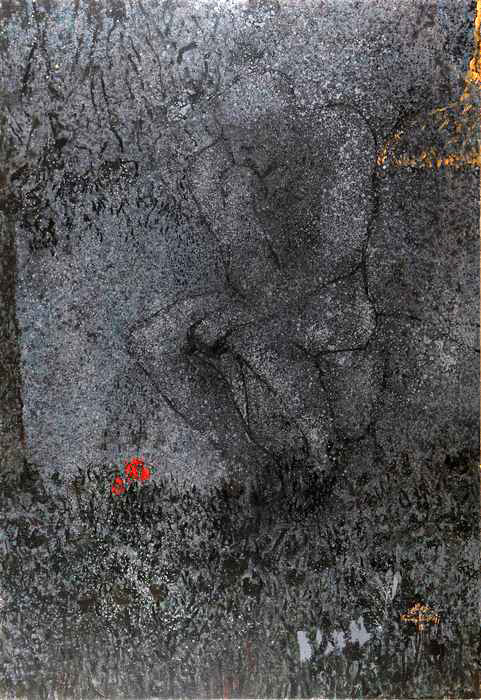

The four seasons’ aesthetic
Al Hajj’s artistry immerses her in nature, infusing her works with a serene, yet dynamic essence that she aptly dubs “the movement of stillness.” Her paintings capture the beauty of nature, evoking feelings of relief and joy, as we witness the sway of trees and the harmonious blend of colors. It’s as if her works are a symphony of divine rhythm, highlighting the magnificence of creation. Occasionally, we see glimpses of human activity in her paintings, with the contours of houses and the presence of animal or architectural forms. These elements remind us of the human society that thrives in the midst of nature’s bounties. It’s possible that her artwork conveys the splendor of existence in moments of motion and tranquility. Life’s cadence is embodied in movement, while stillness is a form of veneration for the Creator.
Al Hajj artworks provide a glimpse into a serene existence, free from rivalry and disharmony, where humanity merges with the natural world. These creative expressions epitomize the interconnectedness of all living things, underscoring the human responsibility to safeguard the environment while preserving the essence of life. With a gentle touch and evocative themes, the paintings capture the equilibrium between humans and their surroundings, stressing the significance of coexistence and living life to the fullest.
Fatima al Hajj was born in the Wardaniyyeh region of the Chouf district in South Lebanon in 1953. She obtained a diploma in 1978 from the Institut des Beaux-Arts at the Lebanese University, and later from the Academy of Fine Arts in Leningrad, Russia (1978-1980). Then she went to France and joined the Ecole Nationale Supérieure des Arts Décoratifs of Paris in which she obtained a diploma in advanced studies (1981-1983). During her studies, she was influenced by Pierre Bonnard (1867-1947), Jean-Édouard Vuillard (1868-1940), and others.
She regularly exhibits her work between Beirut, Paris, and many other Arab and European capitals. Fatima al Hajj participated in many joint exhibitions in Lebanon, France, England, Kuwait, Sharjah and others, in addition to her many solo exhibitions in Lebanon and some foreign and Arab countries. She also won many awards and certificates of appreciation from Arab and international exhibitions, seminars, and conferences, including the Picasso Award from the Institute and the General Department for Cultural Relations of the Ministry of Foreign Affairs in Madrid, Spain. In addition to being a visual artist, researcher, and art critic, she has numerous research publications and articles on modern and contemporary art in Lebanon and the Arab world, which have been published in many Lebanese and Arab magazines.
Dr. Noha Farran is the Founder & CEO of ‘Thinking Art’ Foundation’, Historian, Professor, Cultural Strategist, Researcher, Curator, Visual Artist & Chief Editor of Al Tashkeel magazine. Holding a Ph.D. with excellence in the 'Art & Science of Arts', an MFA in Fine Arts, and an MA in the philosophy of art, she has authored numerous published books and research papers documenting art in the Arab World.



